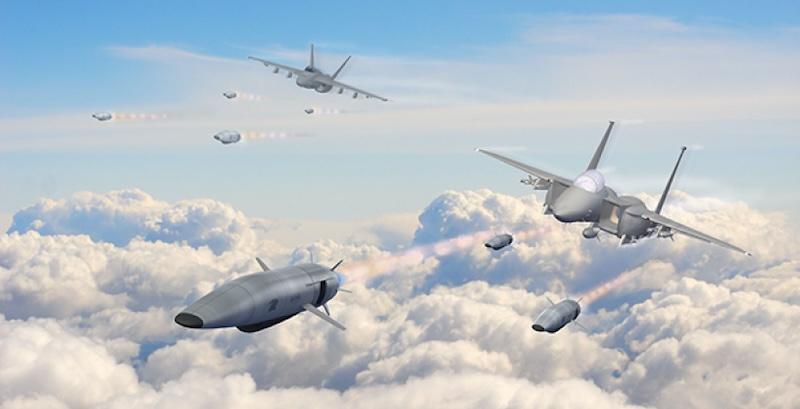RTX Reaches Positive Thrust With Rotating Detonation
Details
More Products & Services
Products & Services
Home - Aviation Group Marketing
Aviation Week Network
120 data points on over 156,000 commercial and business aviation aircraft, including military transports. Discover the most trustworthy resource for the complete aircraft history, plus ad hoc reports, month-over-month trend analysis and details on expected deliveries through 2050.
Aerospace | Aviation Week Network
Aviation Week Network
https://aviationweek.com/themes/custom/particle/dist/app-drupal/assets/awn-logo.svg
People

Andrea Rossi Prudente
Aviation Week Network

Anthony Lim
Aviation Week Network
Sales director

Becca Balmes
Aviation Week Network

Belinda Tan
Aviation Week Network

Brian Everstine
Aviation Week Network
Editor

Eddie Krankowski
Aviation Week Network
Assistant Manager, Tradeshows

erving dockery
Aviation Week Network

Lisa Tan
Aviation Week Network
Senior Marketing Manager

Mark Thomas
Aviation Week Network
Description
LE BOURGET—RTX says they have achieved positive thrust with a rotating detonation combustor (RDC) in a turbine engine in a relevant thrust class for a weapon.The disclosure during the Paris Air Show on June 17 signals the growing maturity of a new combustion method that promises dramatic reduction in the fuel burn and size of future military and perhaps commercial turbofan engines.One of the early challenges for RDC developers is sustaining and managing the rotating waves of detonations long enough to produce positive thrust. But a recent series of demonstrations proved the viability of the concept enough for RTX and DARPA to invest in a new round of tests, aiming to achieve the flight of an RDC-based propulsion system integrated into a vehicle.“We have tested RDC, and we have reached positive thrust,” said Jill Albertelli, president of Pratt & Whitney Military Engines.The testing has been a part of DARPA's Gambit program, which selected RTX in 2023 to demonstrate a missile with an RDC-based propulsion system.The technology is becoming increasingly popular among propulsion developers. GE Aerospace plans to integrate a RDC-based dual-mode ramjet with a high-speed turbine engine to power hypersonic air vehicles, including DARPA's proposed Next Generation Reconnaissance Strike prototype, which the agency aims to fly by the end of the decade.RTX officials declined to comment on the transition plans for their RDC technology, assuming the next round of tests is successful.But cruise missiles generally require thrust in a range between 1,000-3,000-lb. thrust, and the RTX ground test rig was sized to power a relevant weapon system.The RDC-based rig also functioned using a normal fuel in the U.S. military's regular inventory, not a specialized fuel reserved for high-speed applications, said Juan de Bedout, the RTX chief technology officer.

Share
Recent Chats
Share via email
Future: handle WhatsApp here
Future: handle LinkedIn here
Future: handle Twitter here
SUBMENU HERE
Share via Chat
Copy Link

